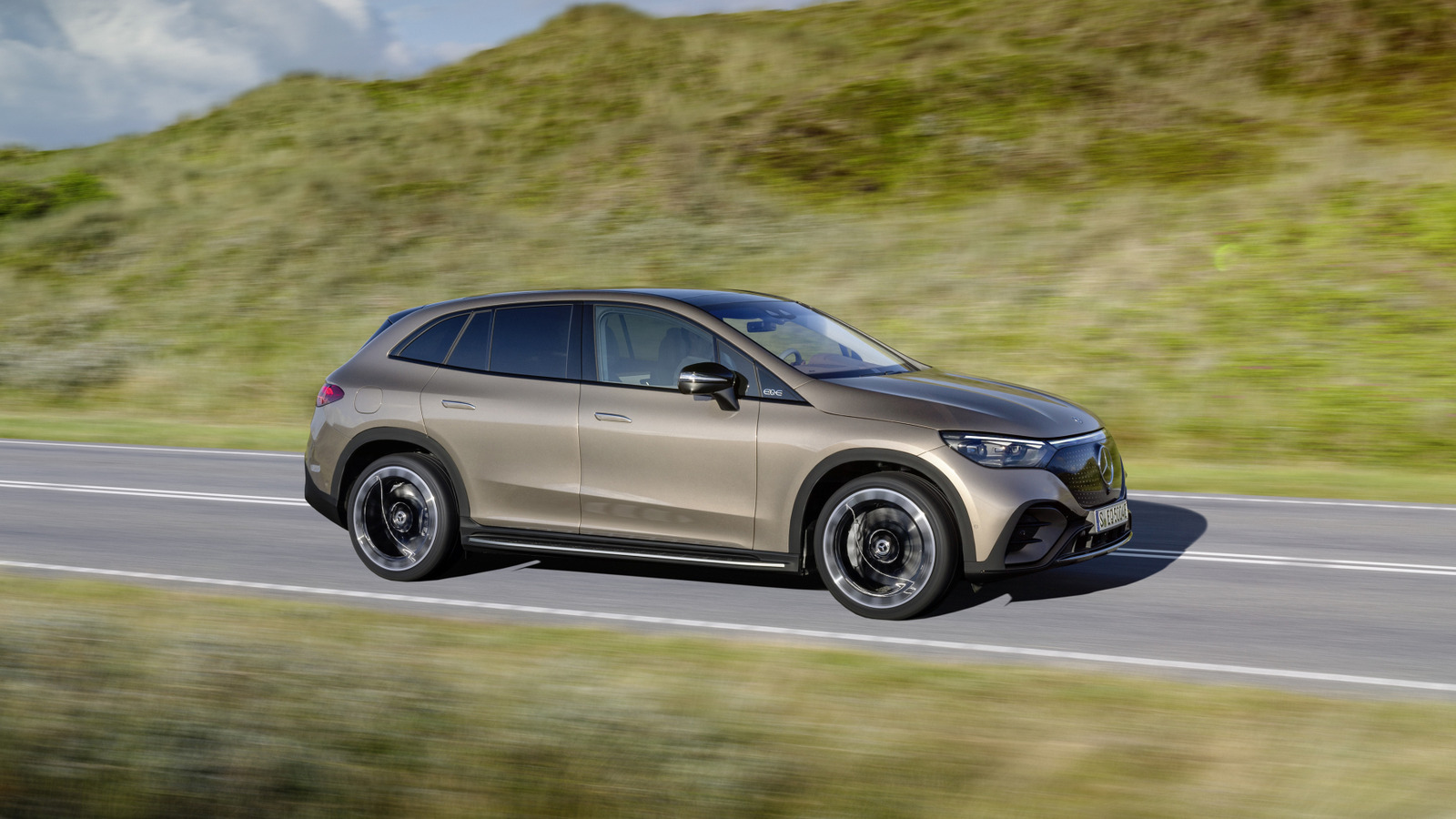Why Aren’t Electric Vehicles Taking Over as Quickly as Expected?
You might have noticed all the buzz a few years back—electric vehicles were supposed to be everywhere by now. So, what’s holding things up? The reality is, despite ambitious targets and flashy headlines, EVs are still a much smaller slice of the car market than experts predicted. According to the International Energy Agency, EVs made up about 14% of global car sales in 2023, a big jump from previous years, but still far from dominating the roads. In the US, that number is even lower, hovering around 8%. Clearly, the road to an all-electric future has a few more speed bumps than anyone expected.
What’s Slowing Down the EV Revolution?
Let’s break it down. First, price is a major sticking point. Even with federal and state incentives, most EVs cost more upfront than their gas-powered counterparts. For many families, that’s a dealbreaker, especially when budgets are tight. Then there’s range anxiety—the fear that your car will run out of juice before you reach your destination. While newer models can travel farther on a single charge, charging infrastructure hasn’t kept pace. A 2023 study by J.D. Power found that 49% of potential EV buyers cited lack of charging stations as their top concern.
And let’s not forget about supply chain hiccups. Battery shortages, chip delays, and raw material price spikes have all slowed production. Automakers like Ford and GM have openly admitted to scaling back their EV rollout plans because of these challenges.
Are Automakers Rethinking Their Strategies?
Absolutely. Many car companies had grand plans to phase out internal combustion engines by the end of this decade. But with EV adoption lagging, they’re pumping the brakes. Instead of ditching gas and hybrid models, automakers are keeping them in the lineup longer than planned. Toyota, for example, doubled down on hybrids, arguing that a mix of technologies is the most practical path for now. Even Tesla, the poster child for EVs, has hinted at introducing more affordable models and exploring hybrid options to stay competitive.
How Are Consumers Reacting to the Slowdown?
It’s a mixed bag. Early adopters are still excited about EVs, but mainstream buyers want more reassurance. They’re asking: Will I be able to charge my car on a road trip? Will the battery last as long as the car? Is it really cheaper to own an EV in the long run? According to a 2024 Consumer Reports survey, 63% of Americans are interested in EVs, but only 18% say they’re likely to buy one as their next vehicle. That gap speaks volumes.
What About Charging Infrastructure—Is It Improving?
Progress is happening, but not fast enough. The US government has pledged billions to expand charging networks, and private companies are racing to install fast chargers at shopping centers, rest stops, and parking garages. Still, rural areas and smaller cities often get left behind. The result? Many drivers stick with what they know—gas stations on every corner and quick fill-ups.
Are There Any Bright Spots in the EV Market?
Definitely. Sales are surging in places like California, Norway, and China, where incentives and infrastructure are stronger. Fleet operators—think delivery vans, buses, and ride-share companies—are embracing EVs for their lower maintenance costs and green credentials. Plus, battery technology is improving rapidly, with new chemistries promising faster charging and longer life.
What Should Buyers and Automakers Do Next?
If you’re car shopping, don’t write off EVs just yet. Prices are coming down, used EVs are hitting the market, and more models are on the way. Automakers, meanwhile, need to listen to real-world concerns—expand charging networks, offer more affordable options, and be transparent about battery longevity. Policymakers can help by smoothing out incentives and supporting infrastructure in underserved areas.
The big takeaway? The EV transition isn’t about perfection—it’s about smarter adjustments. Start with one change this week, and you’ll likely spot the difference by month’s end.


